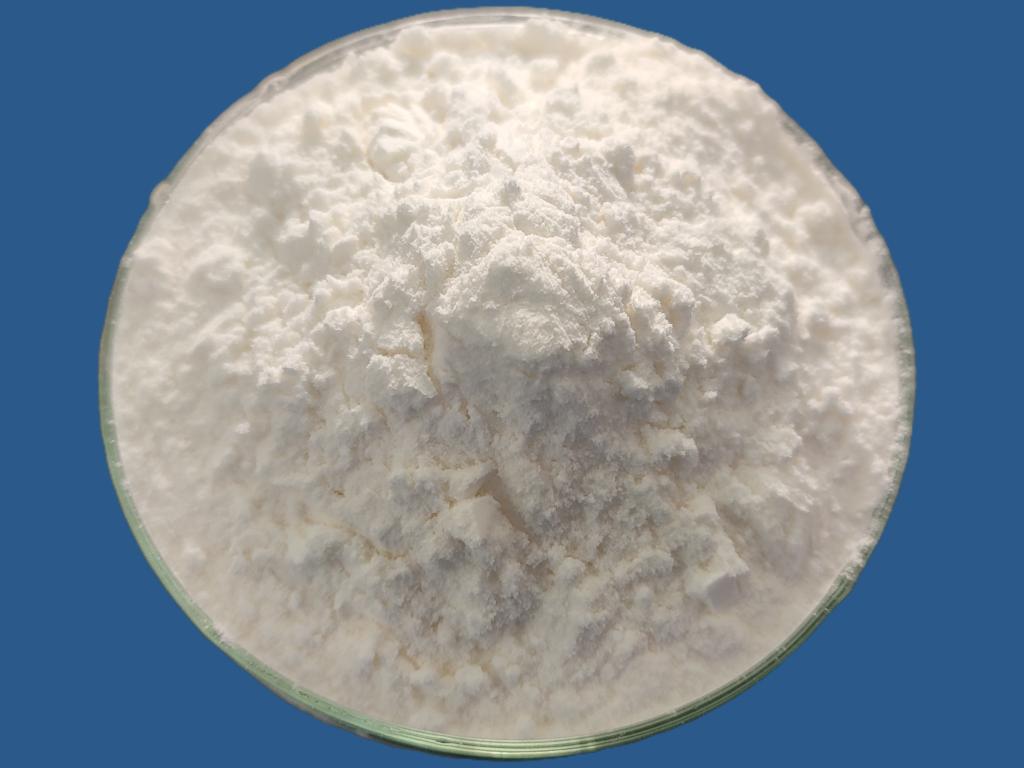Tel:+8618231198596

News
 CONTACT
CONTACT
 CONTACT
CONTACT
- Linkman:Linda Yao
- Tel: +8618231198596
- Email:linda.yao@dcpharma.cn
- Linkman:CHARLES.WANG
- Department:Overseas
- Tel: 0086 0311-85537378 0086 0311-85539701
News
Current Position:
Home >
News
>Advancements in Precision Agriculture Integration of ε-Polylysine Hydrochloride
Advancements in Precision Agriculture Integration of ε-Polylysine Hydrochloride
TIME:2024-03-01
1. Introduction:
Precision agriculture has revolutionized the way farmers approach crop management, emphasizing data-driven decision-making and targeted resource applications. The integration of innovative biomaterials, such as ε-Polylysine Hydrochloride, introduces a new dimension to precision farming, offering solutions to challenges related to crop health, soil management, and sustainable agriculture.
2. Understanding ε-Polylysine Hydrochloride in Agriculture:
Derived from natural sources, ε-Polylysine Hydrochloride is a biopolymer known for its antimicrobial properties. In agriculture, it can play a pivotal role in managing plant diseases, enhancing soil health, and contributing to sustainable crop production. Understanding its mechanisms of action is crucial for unlocking its potential in precision agriculture.
3. Applications in Plant Disease Management:
Plant diseases can significantly impact crop yields and quality. ε-Polylysine Hydrochloride's antimicrobial activity against various pathogens, including bacteria and fungi, presents an opportunity for precision management of plant diseases. Its application in foliar sprays, seed treatments, and soil amendments showcases its versatility in protecting crops.
4. Soil Health Enhancement:
Maintaining healthy soils is fundamental to sustainable agriculture. ε-Polylysine Hydrochloride's biocompatible nature allows for its integration into soil management practices. From promoting beneficial microbial activity to suppressing harmful pathogens, ε-Polylysine Hydrochloride contributes to precision soil health enhancement.
5. Precision Delivery Systems:
In precision agriculture, targeted delivery of inputs is crucial for resource optimization. ε-Polylysine Hydrochloride's compatibility with various delivery systems, including drip irrigation and controlled-release formulations, ensures precise application where needed. This targeted approach minimizes waste and environmental impact.
6. Sustainable Pest Management:
Integrated Pest Management (IPM) is a cornerstone of sustainable agriculture. ε-Polylysine Hydrochloride's role in IPM strategies, acting as a natural and eco-friendly pest control agent, aligns with the principles of precision agriculture. The reduced reliance on synthetic pesticides contributes to environmental sustainability.
7. Challenges and Considerations:
While ε-Polylysine Hydrochloride holds promise in precision agriculture, challenges such as formulation stability, cost-effectiveness, and regulatory approvals need to be addressed. Collaborative efforts involving researchers, agronomists, and regulatory bodies are essential to overcome these challenges and facilitate widespread adoption.
8. Future Prospects and Research Directions:
The future of ε-Polylysine Hydrochloride in precision agriculture involves ongoing research to explore new applications and optimize existing practices. Investigating its impact on specific crops, its interactions with different soil types, and potential synergies with other agricultural inputs will shape its role in the evolving landscape of precision farming.
9. Collaboration for Agricultural Sustainability:
To maximize the benefits of ε-Polylysine Hydrochloride in precision agriculture, collaboration is crucial. Farmers, researchers, technology developers, and policymakers need to work together to integrate this innovative solution into mainstream agricultural practices. Sharing knowledge and experiences will contribute to the collective goal of sustainable and efficient agriculture.
10. Conclusion:
The integration of ε-Polylysine Hydrochloride in precision agriculture marks a significant step toward sustainable and efficient farming practices. As the agricultural sector strives to meet the challenges of feeding a growing global population while minimizing environmental impact, the precision application of ε-Polylysine Hydrochloride offers a promising solution. Through continued research, collaboration, and implementation, this biopolymer has the potential to become a valuable tool in the toolkit of modern precision farmers.
- Tel:+8618231198596
- Whatsapp:18231198596
- Chat With Skype







